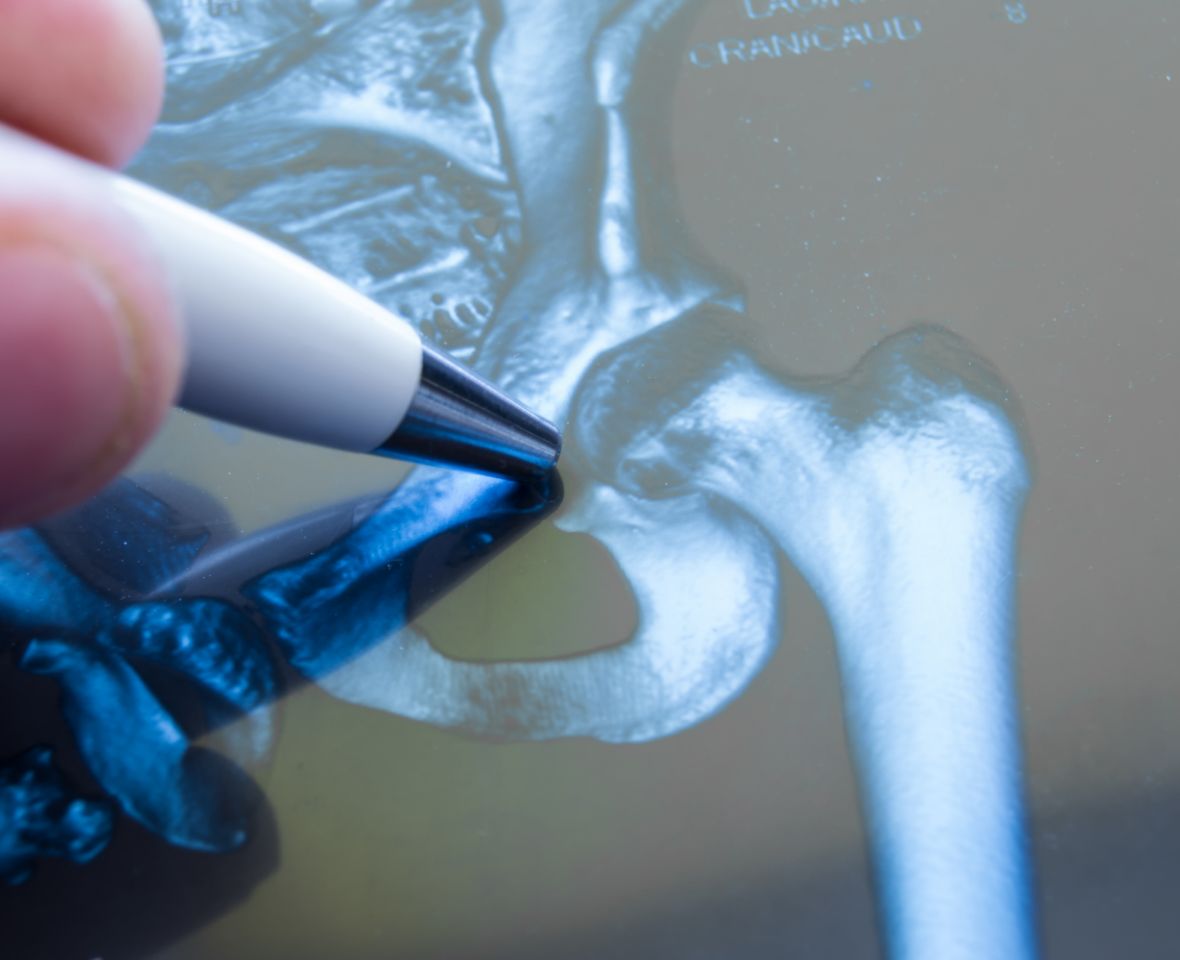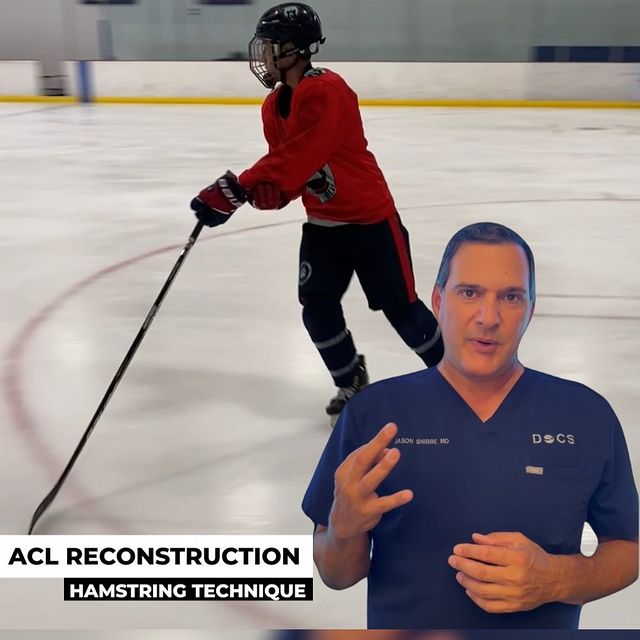Femoroacetabular Impingement (FAI)
The hip is comprised of a ball and socket joint. Femoroacetabular impingement (FAI) is a condition where the ball of the hip (femoral head) and the socket (acetabulum) rub together, resulting in damage to the hip joint. In FAI, one or both parts of the joint are shaped abnormally, causing friction between the ball and socket during hip movement, which can result in damage to the labrum (cartilage in the hip that acts as a bumper around the lip of the socket) or to the articular cartilage (the lining that covers the ball and the socket).

FAI
FAI can occur as a result of an abnormally shaped ball (called CAM impingement), an abnormally shaped socket (pincer impingement), or a combination. CAM impingement is characterized by a ball (femoral head) that is misshapen and not perfectly round. During activities that require hyperflexion of the hip, the cam lesion rubs up against the cartilage of the socket and can damage the labrum as well as causing the cartilage to peel off the socket. A person with cam impingement is often not as flexible, with a history of tight hips, hamstring strains, and tight iliotibial (IT) bands. Over time, the cartilage damage caused by cam impingement can progress into osteoarthritis of the hip.
Pincer impingement refers to an overcoverage of the socket with respect to the ball. This overcoverage is problematic because the extra bone repetitively hits the femoral neck during flexion of the hip and thus pinches the labrum between the two parts of the hip joint. Consequently, the labrum becomes frayed and can lose its stability against the rim of the cup, leading to a feeling of instability and pain in the hip.
A patient with FAI commonly complains of deep groin pain, a decreased range of motion of the hip, occasional sharp anterior hip pain, and sometimes a snapping or popping sensation in the hip. Frequently there is pain with sitting for prolonged periods of time, pain with exercising and with hyperflexion of hip, as well as lower back pain, buttock pain, and hip stiffness.
In order to diagnose FAI, a thorough history and physical exam are performed. Plain X-ray images are taken to determine the shape of the ball and socket and to assess the amount of joint space in the hip.
Treatment of FAI is multifaceted, usually involving a combination of NSAIDs (non-steroidal anti-inflammatories, such as ibuprofen, Advil, Aleve, etc.) and extensive physical therapy that focuses on improving flexibility and strengthening hip musculature. To prevent further cartilage injury and damage to the labrum, patients with FAI are advised to avoid heavy impact on the hips and repetitive deep flexion exercises such as squats and lunges.
If conservative treatment fails, patients may require arthroscopic hip surgery to correct the misshapen ball and socket of the hip. It is also possible to repair torn or frayed labrums through arthroscopy of the hip.






